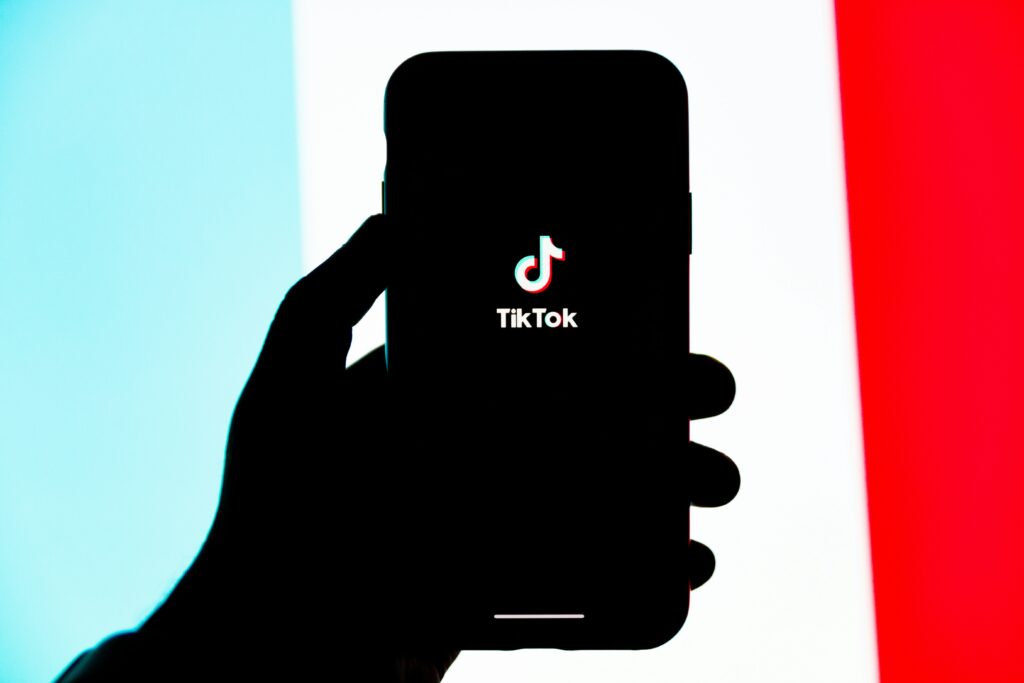While out for dinner with my family recently I was approached by my two youngest cousins (seven and nine). They told me they had stolen my aunt’s phone, created a TikTok account and posted a video of them dancing during a sleepover with friends. “We’ve already got 90 followers” boasted the seven-year-old.
They were shocked I didn’t have an account and were adamant I needed one.
This is, after all, an app that, according to writer and digital analyst Owen Phillips, has “gained a foothold in the psyche of tomorrow’s young adults.” Indeed, of TikTok’s one billion + active users, two thirds of the platform’s audience are people under the age of 30.
While many are quick to dismiss TikTok as a mindless app for kids, its surge in popularity warrants interrogation.
As communications professionals it’s important Pesel & Carr has a presence (or at least sophisticated understanding) on a broad range of channels. So, should this include TikTok?
In 2018, TikTok garnered more downloads than Facebook, YouTube and Instagram. Its leap to prominence has established the platform as one of the most significant virtual stages for youth expression.
The app exists then, as an opportunity for brands to show their fun side and capture the attention of much sort after demographics.
Cultural significance
Washington Post, (the paper that broke Watergate and holds 47 Pulitzer Prizes) joined TikTok in April 2019, showing off their resident dog Zelda. Zelda lacks the charismatic poise of our Louis but we admit we found the post entertaining.
The brand has since used the platform to share office moments in a funny, engaging way, and has captured over 400,000 followers.
Samsung Australia joined the party too, using the app to capture a down to earth element of their brand that is rarely represented elsewhere. They created the challenge: #SubtlySponseredPost to satirise influencer culture, in support of the new Galaxy A Series smartphone range.
Appealing specifically to the mobile-first Gen Z audience, the content uses influencers to showcase the new phones in an overtly forceful manner, parodying the lack of subtlety in influencer led campaigns. TiKTok was a perfect home for this content. Not only did it reach a demographic that would relate to the message, but the video oozed eccentricity and self-deprecation – the deliberately goofy singing and dancing was exactly the type of content the platform is known for.
Even the AFL has a TikTok account, and uses it to share playful, relaxed moments of its players. It’s a great way to show the country’s sporting heroes in a personable, informal way.
Finally, who can forget the viral sensation that was Old Town Road. It was TikTok, not radio airwaves, that memiefied the country hip hop record and skyrocketed it to #1 on the Billboard Hot 100. The artist behind the hit, Lil Nas X, uploaded the song to TikTok himself, and credits the app for his mind-blowing success.
“I promoted the song as a meme for months until it caught on to TikTok and it became way bigger,” he told Time.
“A lot of people will try to downplay it, but I saw it as something bigger.”
Millions of video creators used the song as a soundtrack to transform themselves into cowboys and girls. Videos with the hashtag #yeehaw, almost all of which sample “old Town Road,” have been seen more than 67 million times.
Controversies
The world of social media is fickle and cut-throat. Dead social media platforms litter the internet. It’s easy to dismiss up-and-comers as fads or flukes. But apathy is regressive. And TikTok is constantly evolving. The app is regularly updated with new features and marketing tools are being continually developed to help brands as well.
Note, TikTok’s success has not come without controversy. The company has faced child data privacy fines by the FTC and there has been concern over discriminatory content moderation.
But it’s the US government’s investigations that are triggering the most alarm. Concern began late last year when leaked documents showed TikTok instructing its moderators to censor videos that mentioned topics sensitive to the communist party. The investigation began when searches for Hong-Kong related content revealed very little that related to the pro-democracy protests that were flooding social media at the time. TikTok’s reasoning was that it adopts processes to keep content “light and fun.”
Concerns over the use of user data have also been mounted. Users can review the app’s privacy policy here. Although there isn’t anything particularly unique about the terms, their declaration that “TikTok has full legal rights to use your work “in any format and on any platform,”” should be acknowledged. While Facebook and Snapchat have used real people’s content in the past, they have done so with consent.
So, should your brand consider TikTok?
Although you may think it unlikely these controversies will directly impact your business, they carry weight. You must consider the risks associated when you link your brand with a company and by default their ‘modus operandi’.
While we haven’t introduced Louis to the platform yet, we will be keeping an eye on TikTok, and suggest you do the same.


